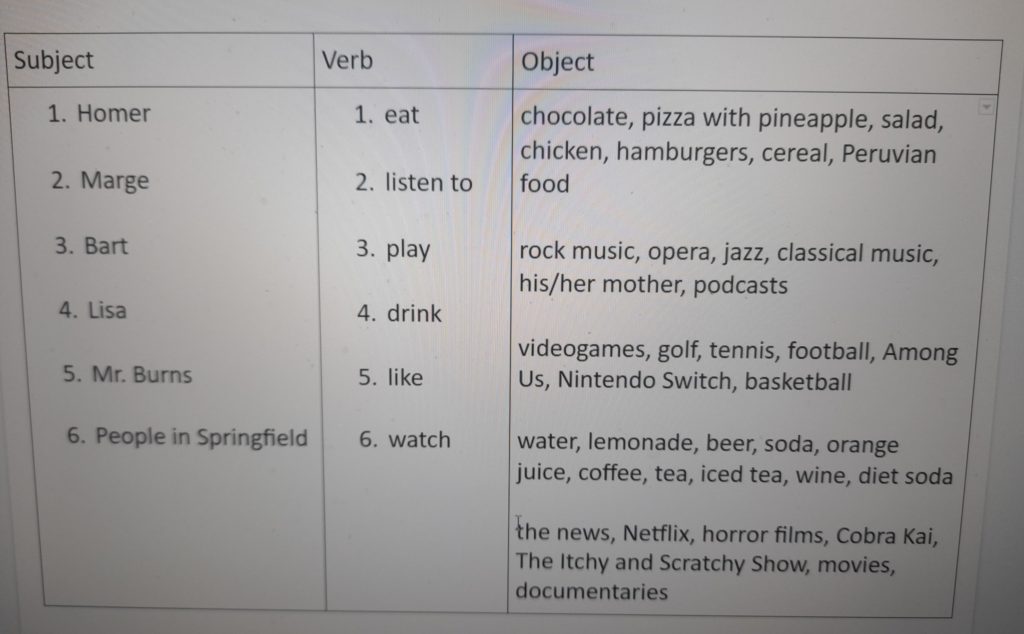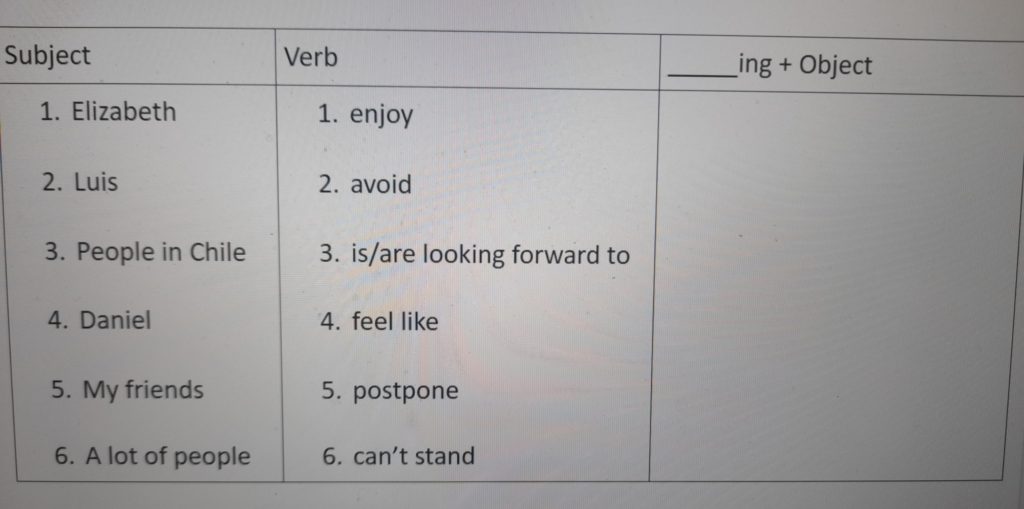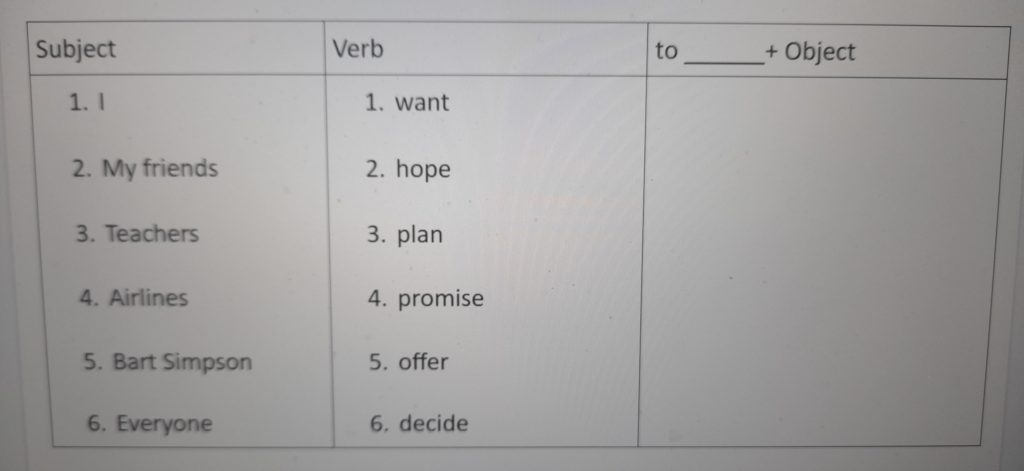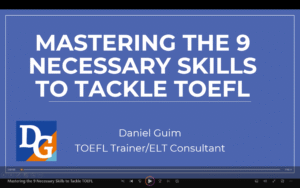Engaging our students in classes is an ongoing challenge. As time goes on both teachers and learners are getting tired, and so it’s important to introduce new activities to help keep things as fresh as possible.
I shared this idea in the most recent ELT lesson jam on January 31st. I’ve previously used it with in-person classes, and it can be transferred to online classes relatively easily.
Here’s the relevant background information:
- The purpose of the game is to practice structures and vocabulary in a controlled and repetitive manner.
- It can be used with students from levels A1 to C1, as you can adapt and expand it based on the structure/vocabulary involved.
- The dice game can be used with any class size assuming you can put students into breakout rooms.
- For this to work, students need to have already been introduced to the structures and vocabulary to the point that they can say them somewhat confidently.
- To use it in class, you will need a Google Doc (or similar tool) to display the text. Students will need an app or website that lets you roll two six-sided dice. (There are many options, so it shouldn’t be difficult to find.)
How do you introduce the dice game?
If you are working with students to practice the present simple, I you can introduce a table that looks like this:

You can then work together to brainstorm objects that go with each of the verbs. After you complete that, the table might look like this:

Now students have a lot of combinations to use to formulate sentences, even if they don’t know the Simpsons characters.
How does the game work?
To demonstrate the game, the teacher rolls the virtual dice. One die corresponds to the subject, and the other die corresponds to the verb. You then say a sentence in the affirmative and negative using that subject and verb.
If you roll a two and four, you could say the following sentences:
Marge drinks wine. Marge doesn’t drink beer.
You then roll the dice again and say two more sentences based on the dice roll.
One thing that will be important is emphasizing the correct use of the third person singular. You might want to use all subjects in the third person singular if your students tend to forget this.
Students will then work on this in different ways depending on the class size. For an individual class, the student and teacher can take turns rolling the dice and saying the sentences. For a small group class, you could put students into pairs in breakout rooms. (In the case of an odd number of students, you could work with a student that is less confident.) For larger classes, you can put students into pairs in breakout rooms and check in on them.
This can go on for 5, 10, or even 15 minutes. The important thing is for students to practice the correct structure and remain engaged.
As an extension of this, you can then require students to write sentences on a Padlet or in a Google Doc that you all share. If you’d like to consider it as a graded assignment, you could require them to complete a Google Form with sentences that they created.
How can I use this in other ways?
Here are some examples of using the dice game with gerunds and infinitives:


You can make this even more student-centered by asking your class which subjects to use in the game.
You can also add a space for adverbs of frequency between the subject and verb or additional information at the end of the sentence. The possibilities are endless.
Conclusion
The dice game is a flexible and engaging way to help students practice structures and vocabulary in a controlled manner.
I hope you are able to try this out in your classes. Leave a comment and let me know how it goes or with any questions.




6 Responses
That’s great Daniel. I’ve actually been thinking of buying a few d6 for quite a while but I never really got my hands in them. I think it’s about time now 🙂
Thanks Anthony! I hope you can get your hands on some dice too. Are they difficult to find in Italy, or are they the type of thing you can order online?
Love this, Daniel! Fun and engaging. The extensions/variations you suggest are also very useful, eg, the graded assignment, using adverbs (which students tend to avoid!) and asking students to come up with their own subjects! Thank you for sharing 🙂
Thanks for your kind words Rachel! I hope it works out well with your students.
Great idea, Dan. I think I will use this idea with the past tense positive and negative
Thanks Elena! I hope it goes well!